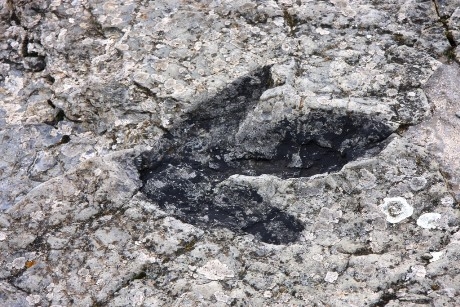
Wollaton Hall in Nottinghamshire will host what’s described as a ‘world-exclusive’ exhibition next year, called Dinosaurs of China.
The displays will run from 1st July until 30th October 2017 and bring to life the story of how dinosaurs evolved into the birds that live alongside us today.
Dinosaurs of China has been created by the University of Nottingham, Nottingham City Council and the Institute of Vertebrate Palaeontology and Palaeoanthropology in Beijing.
What can groups see?
Groups planning a trip to the exhibits will be able to see fossils and specimens that have reportedly never been seen outside of Asia before.
Dinosaurs of China includes some of the most preserved dinosaur fossils from across the world, not just the bones, but also soft parts including skin and feathers.
Many of the species are new to science, only discovered and named in the last 20 years, and some as recently as 2015.
One of the highlights of the exhibition will be the Gigantoraptor, which at four metres high and eight metres long is said to be the largest feathered dinosaur ever found.
The Gigantoraptor will be accompanied by numerous other dinosaur specimens, such as the flying Microraptor, a close relative of the Velociraptor that has wing feathers on its arms and legs.
In addition to the feathered dinosaurs, there will also be specimens of some the largest prehistoric creatures ever found in China.
More about Dinosaurs of China
The dino examples featured in the exhibition were discovered and studied by palaeontologists in the Institute of Vertebrate Palaeontology and Palaeoanthropology in Beijing.
The collection will be on loan from the Paleozoological Museum of China, Shandong TianYu Museum, and the Dinosaur Museum of Erlianhaote in Inner Mongolia.
In addition to the main exhibition inside Wollaton Hall, there will be a satellite exhibition at Nottingham Lakeside Arts.
Tickets are not yet on sale; GTOs should visit www.dinosaursofchina.co.uk for updates.












